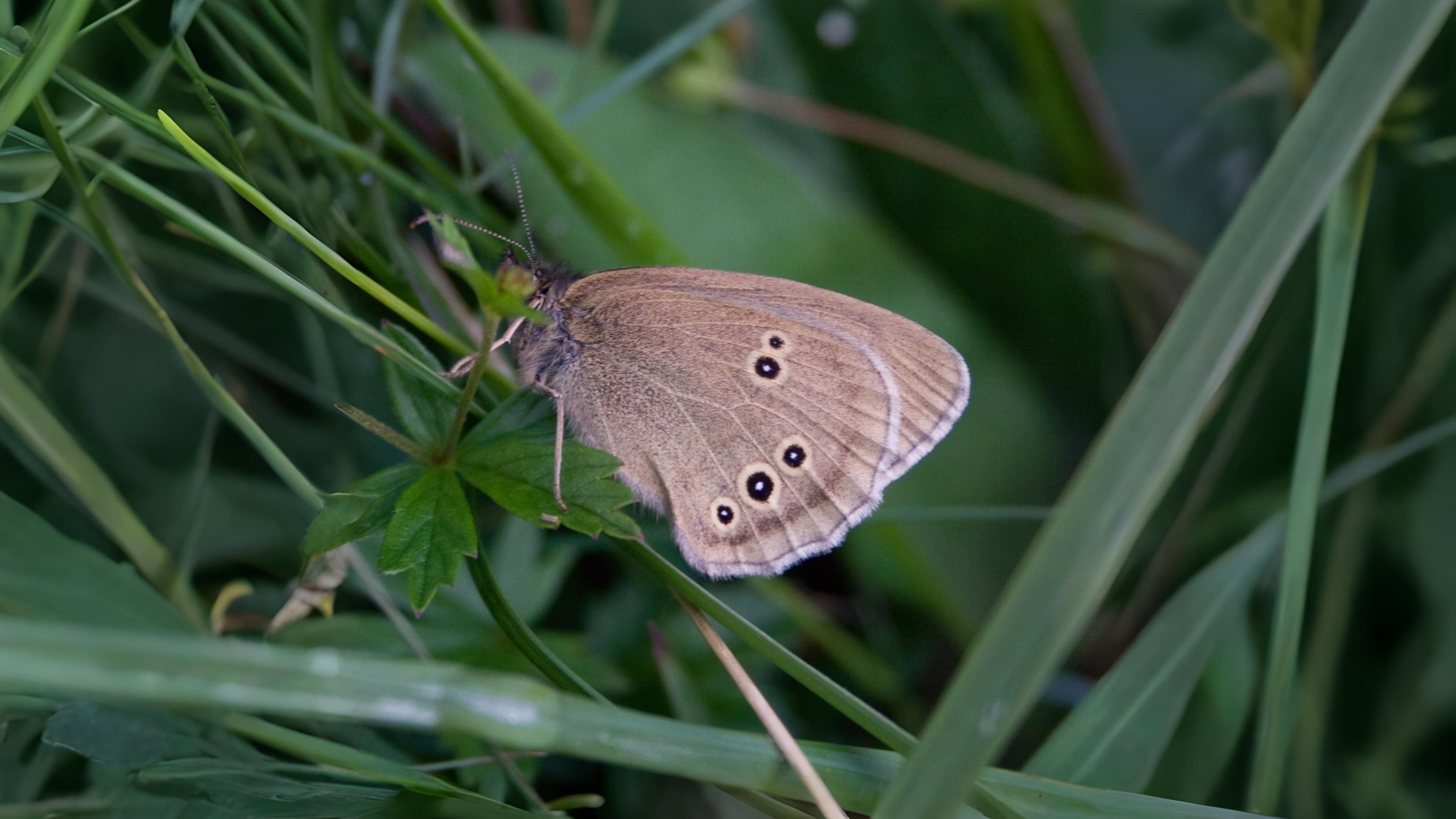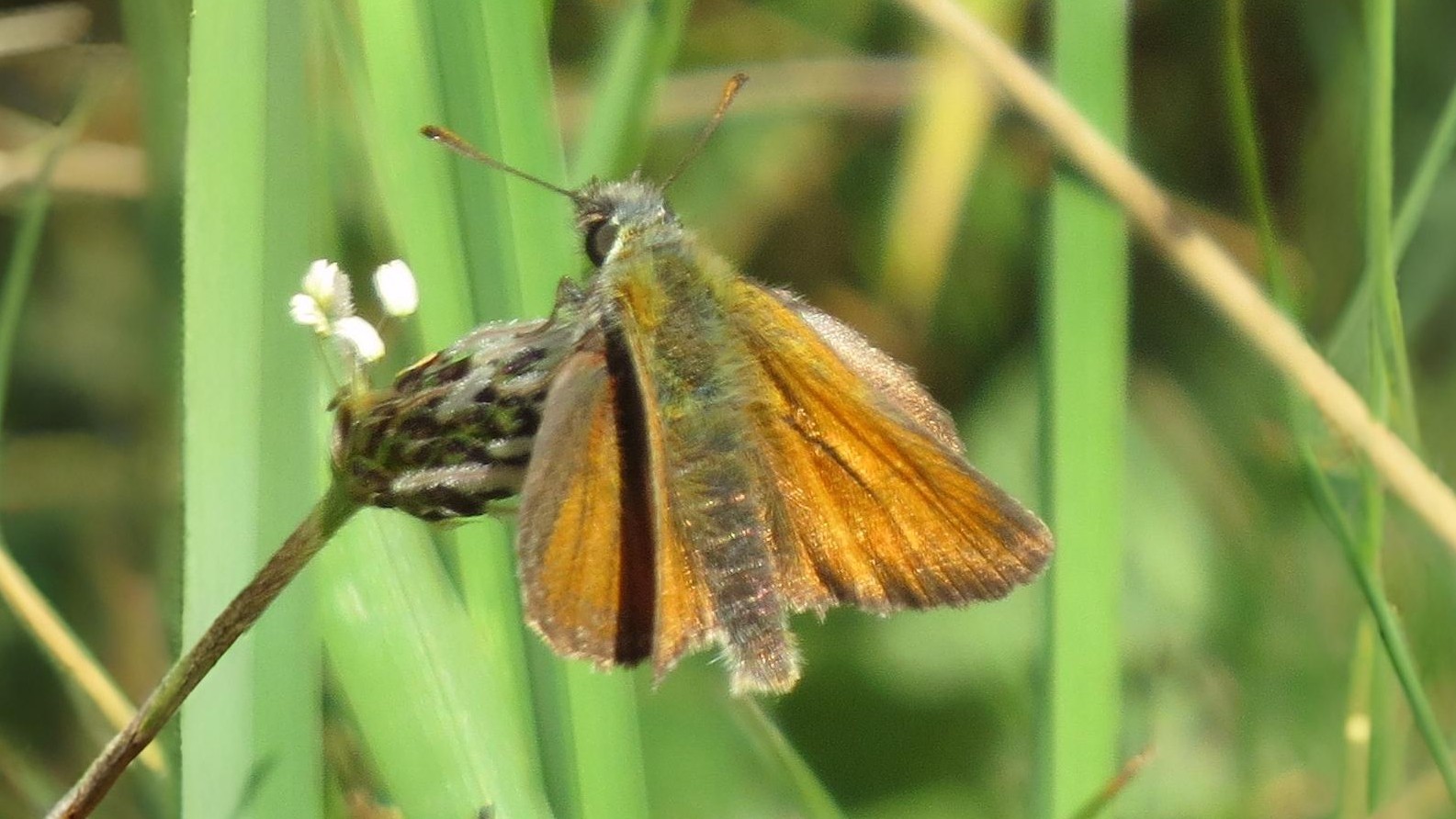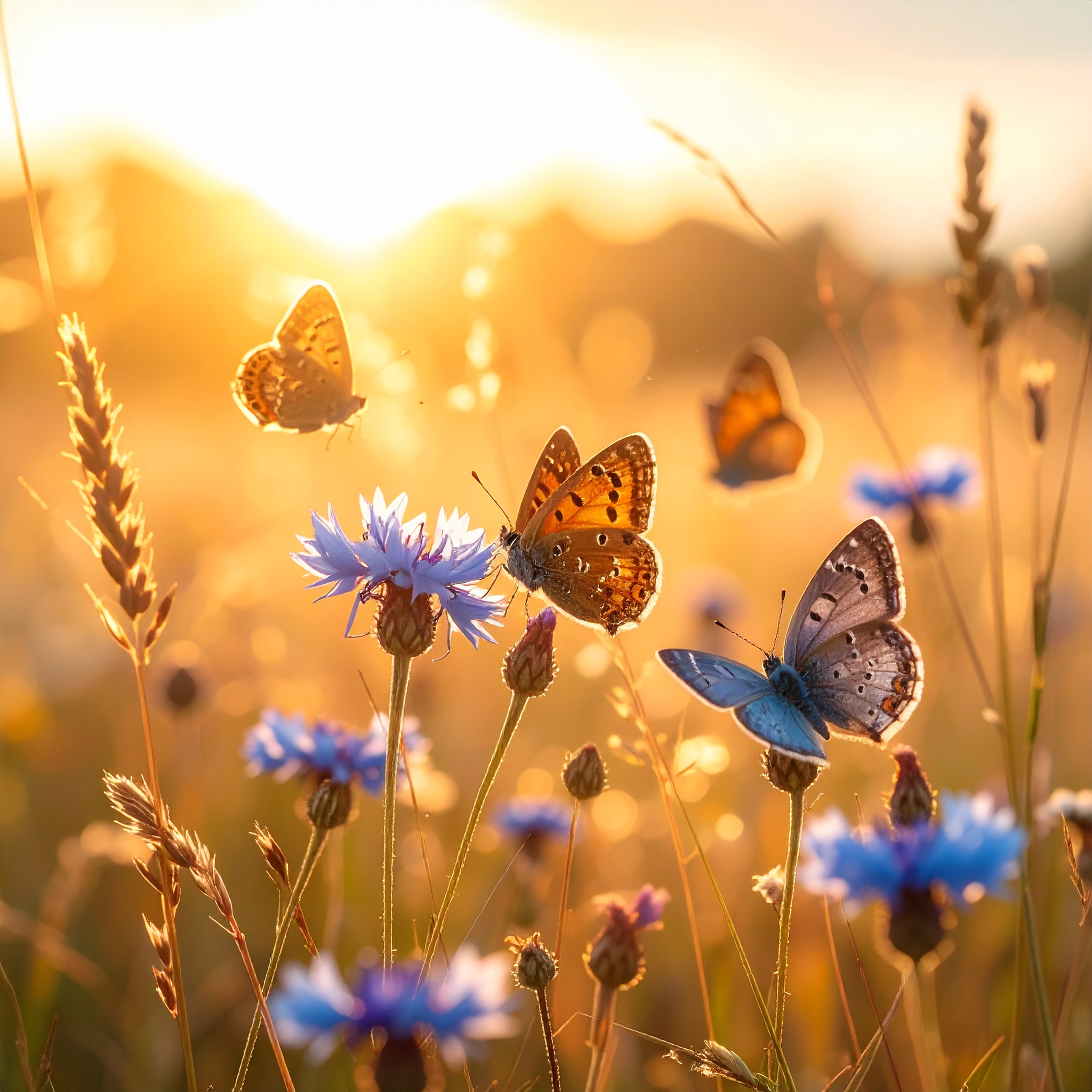
Did you know July is peak butterfly season in London? From clouds of chalk hill blues on Ranmore Common to the delicate silver-studded blue, the capital’s meadows and reservoirs come alive with wings. Spot fresh second broods of commas and tortoiseshells, distinguish lookalike skippers, and learn why Victorian enthusiasts once boarded special trains just to witness these aerial dances. Return July 23 for your guide to finding half of Britain’s species—including the elusive Essex skipper—before summer slips away.
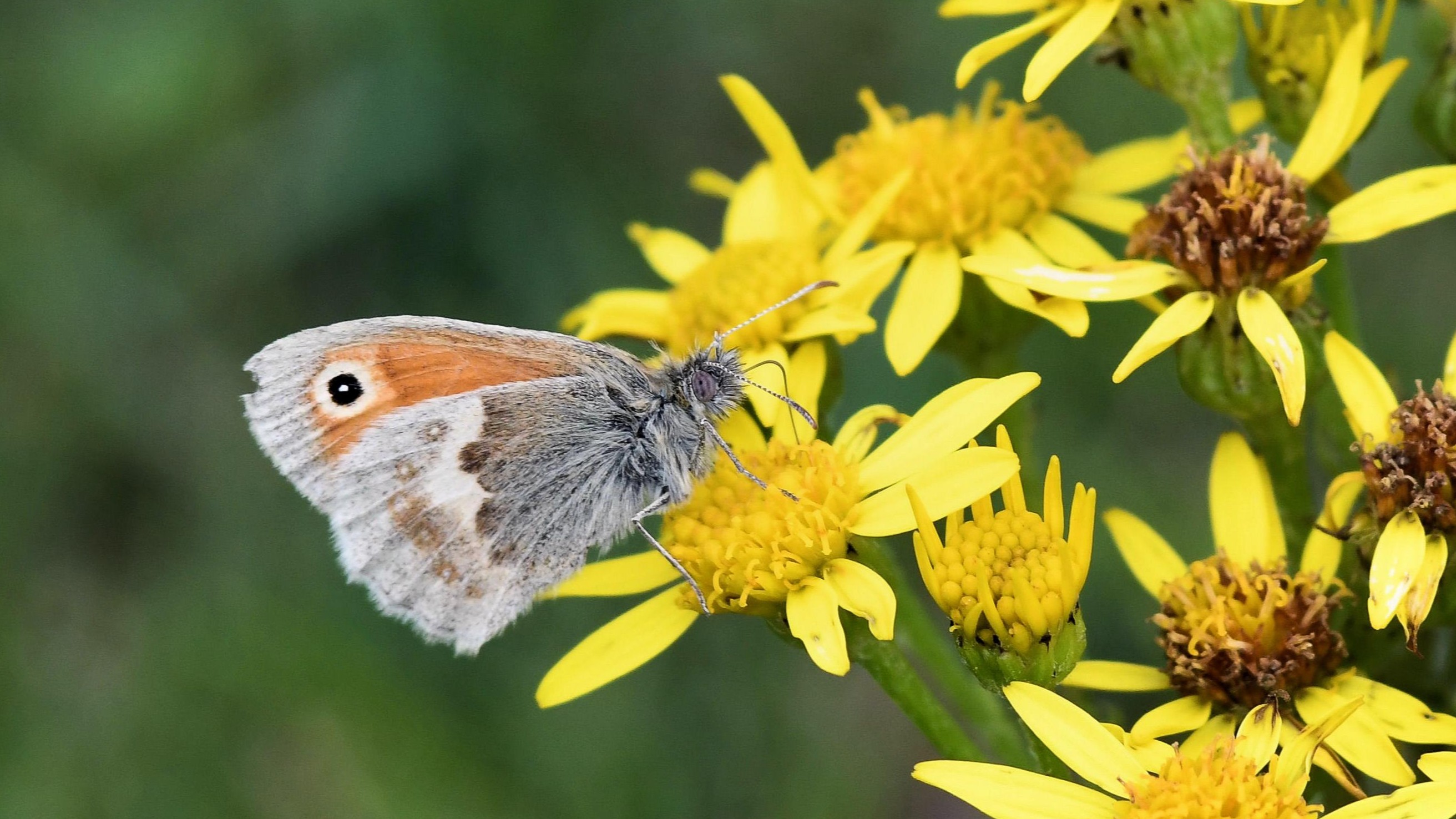

In the past it wasn’t unusual to see clouds of butterflies, especially blues at this time of year. These so excited the Victorians, special trains were laid on to take enthusiasts to the New Forest to enjoy such spectacles. Even now, in London in a good year, you can still see fields alive with meadow browns in Totteridge fields and the slopes of Ranmore Common are sometimes awash with chalk hill blues. Freyent Country Park and Chertsey Meads also often put on a show.
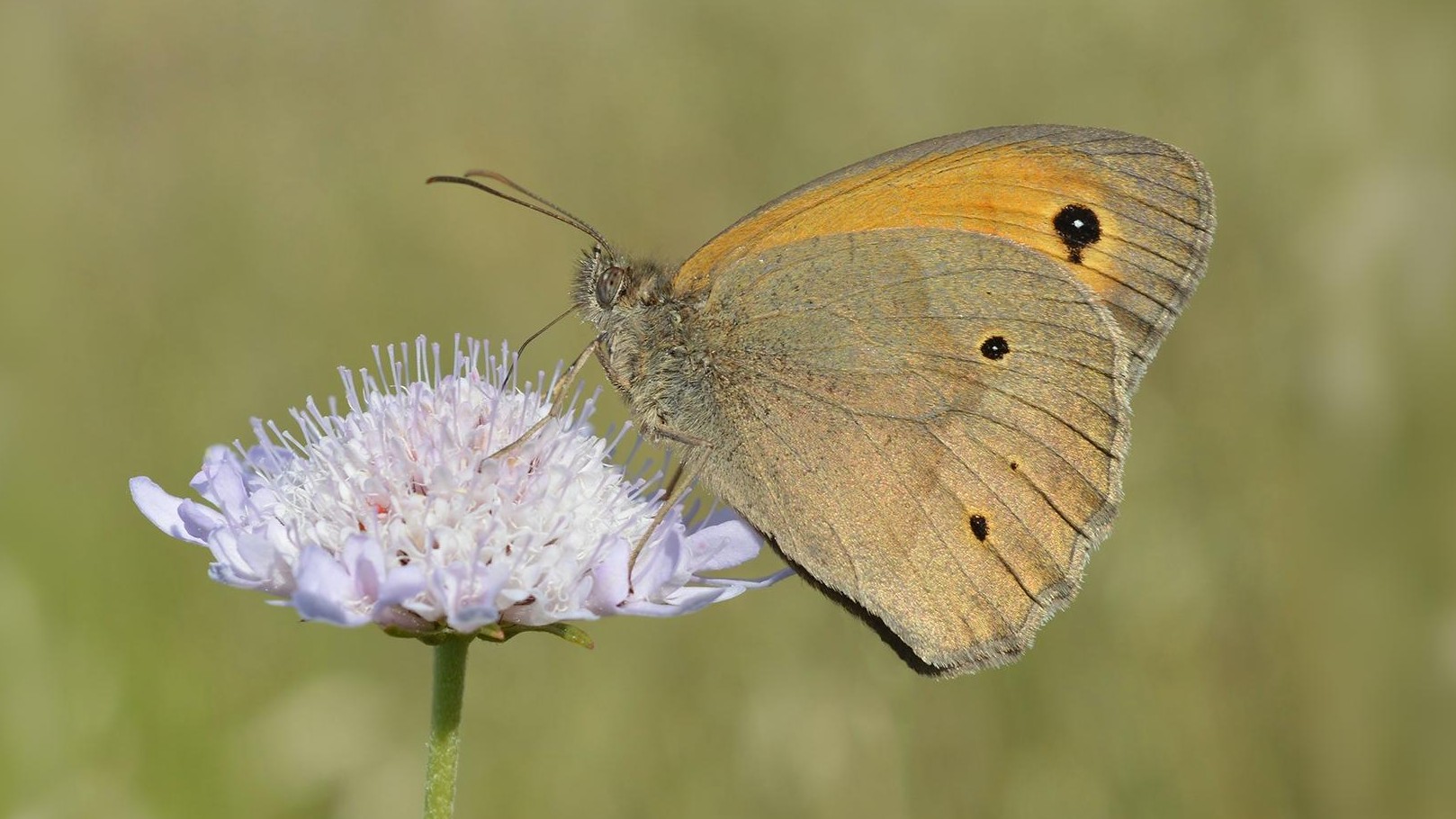



In the same grassy areas favoured by meadow browns, a variety of brown skippers can often be seen. As adult skippers are such short-lived creatures, being only on the wing for as little as three weeks, this is one of the best times to look for them. Large and small skippers can both be seen all month, but as already mentioned Essex skippers only at the end. They are all small, fast moving and a rich shiny tan colour. They tend to prefer grassy areas, especially near woodland and are generally first noticed when they are chasing each other. If the skipper looks larger than the rest, it is likely to be a female large skipper. If you are lucky enough to see one pause, the male large skipper is not only slightly smaller than his mate but has small, black lines or sex brands on the upper sides of his wings. Even when they land, they have the habit of walking around in circles with their wings half open, making identification even more troublesome.
